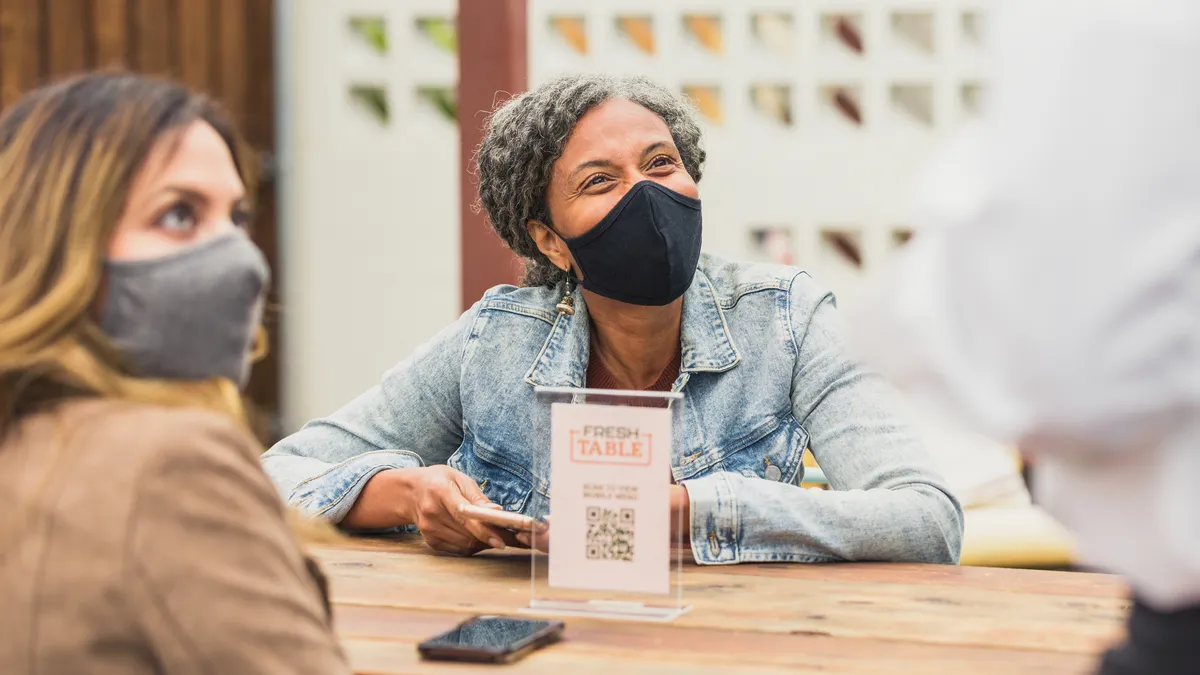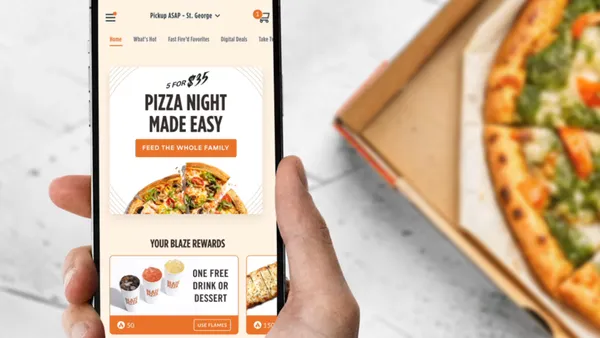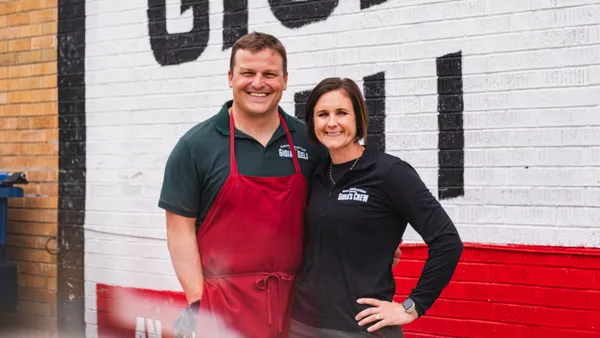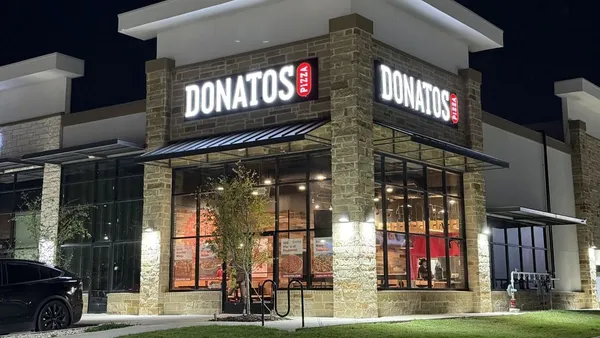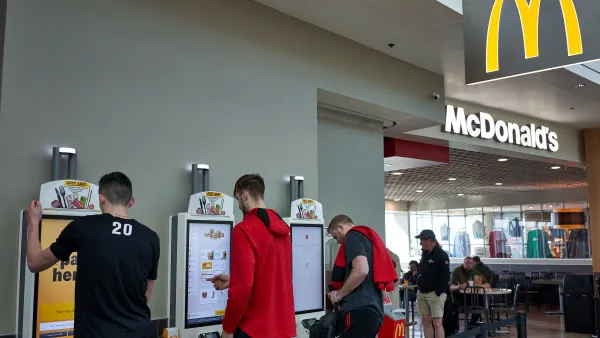COVID-19 accelerated digital adoption among consumers and businesses, with consulting firm McKinsey estimating that nearly five years of progress[1] were compressed into a mere eight weeks. Restaurants were certainly no exception, as owners raced to update their operations to meet customers’ new habits and expectations with the goal of maximizing profit.
Here are four key restaurant technology trends that can save labor costs, increase sales, streamline systems, and make consumers feel safer.
1. QR codes replace menus
Many customers were hesitant to touch reusable menus and fretted about the unnecessary waste generated by single-use menus.
Enter QR codes. Once viewed as a clunky marketing solution, today they are virtually indispensable in the restaurant industry. Beyond delivering a touchless menu, QR codes can create a more engaging diner experience, whether that’s by embedding video content within the menu, or allowing customers to pay seamlessly.
There’s no question that QR codes are here to stay. One survey[2] found that 88% of restaurants are considering replacing physical menus with digital ones. “We all expect to use our phone for more aspects of the restaurant experience, whether looking at the menu or placing an order,” says Waze’s Mike Wilson. “New use cases will continue to explode.”
2. Apps aid frictionless curbside pickup
Calling in your order is so early aughts. In another example of smartphone innovation, restaurants have improved their app technology to provide a better curbside experience. El Pollo Loco was one chain that accelerated its adoption of contactless curbside pickup when the pandemic hit, with stellar results. “We had intended to release our app update in late 2021, but a cross-functional team prioritized its deployment, and we were able to get it up and running in our locations within six weeks,” says El Pollo Loco’s VP of Digital Andy Rebhun.
If a guest opts into the GPS tracking, an alert will trigger the restaurant when the car arrives within 1,000 feet so they can prep the food and have it ready to go, with the aim of delivering it to the car within two minutes. Rebhun reports that feedback has been overwhelmingly positive based on customer survey responses and reorder rates.
Another popular option has been Location Personality badges, rolled out by Waze during the COVID-19 outbreak to help restaurants self-promote. Curbside pick-up, in particular, saw high spikes in demand during this time.
3. In-car tech reaches diners at the moment of decision
While many chains are deploying smartphone solutions to reach on-the-go customers at their moment of decision, digital advertising is becoming a critical channel for restaurant promotions. “Digital advertising offers another avenue of opportunity for your brand to bubble up to the top as diners look for options,” says Rebhun. “Sometimes just having the iconography appear within the app or alerting consumers to what's around makes your brand visible so it becomes part of their consideration set.”
Waze offers a variety of solutions that can boost brand visibility with its “Hungry Drivers" targeting segment, designed to safely reach drivers looking for a convenient option to grab a bite. Other options include Always-On Pins to increase location awareness over time, and Location personality badges to tout amenities, such as curbside pickup and drive-through.
4. Digital solutions improve drive-through
Speaking of drive through, this delivery channel was in high demand during the pandemic, with the share of trips on Waze to businesses with drive-through options jumping 25%[3]. But a long line of cars can deter hungry drivers, so restaurants are constantly working to shave seconds off their wait time.
Recent innovative approaches to reducing bottlenecks include mobile order and payment through handheld devices that allow restaurant workers to take direct orders from customers in their cars. Smart menu boards and artificial intelligence (AI) solutions are designed to increase accuracy and check size through menu item suggestions based on the time of day or weather conditions.
“The restaurants that we've seen perform the best are the ones that very quickly pivoted to new ways of serving customers, which often include layering in new tech solutions,” says Wilson.
[1] “The COVID-19 recovery will be digital: A plan for the first 90 days.” McKinsey, 14 May, 2020, URL, accessed 17 March, 2020.
[2] “88% of restaurants considering swapping to digital menus, survey says.” Restaurant Dive, 24 February, 2021, URL, accessed 16 March, 2021.
[3] Waze Data, US, January/February 2020 vs. November/December 2020.

